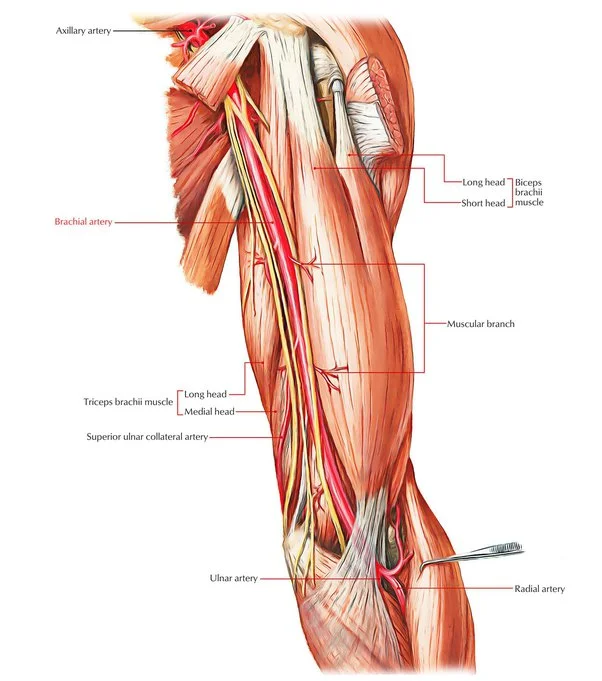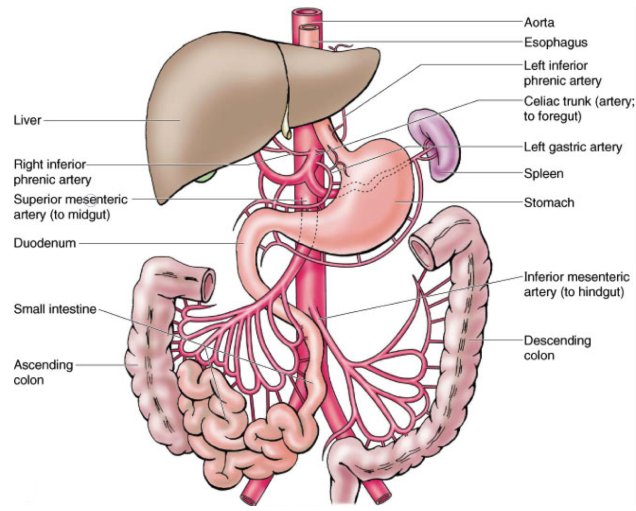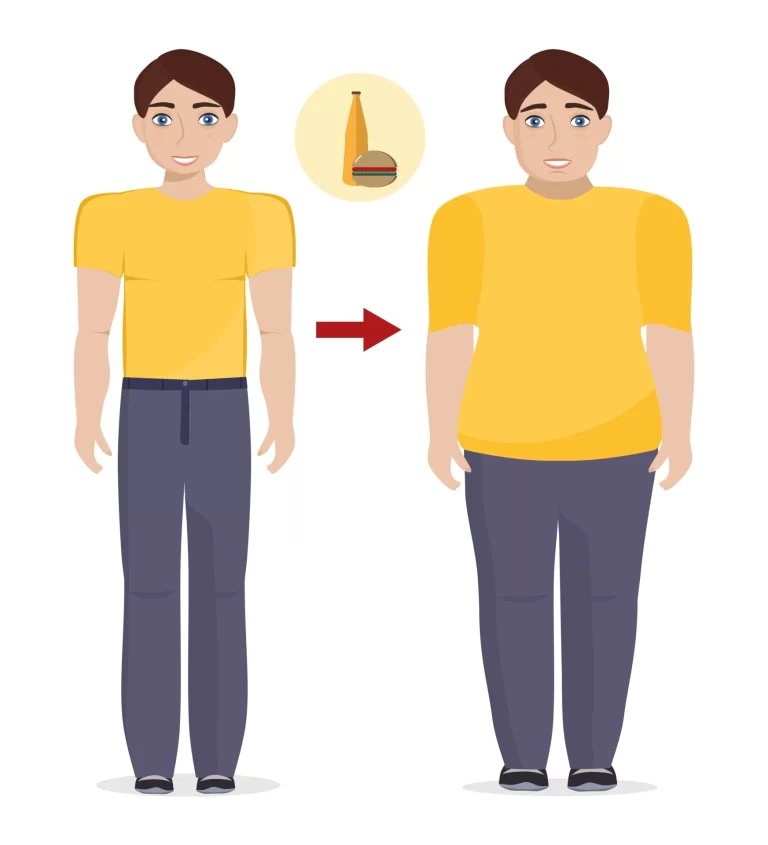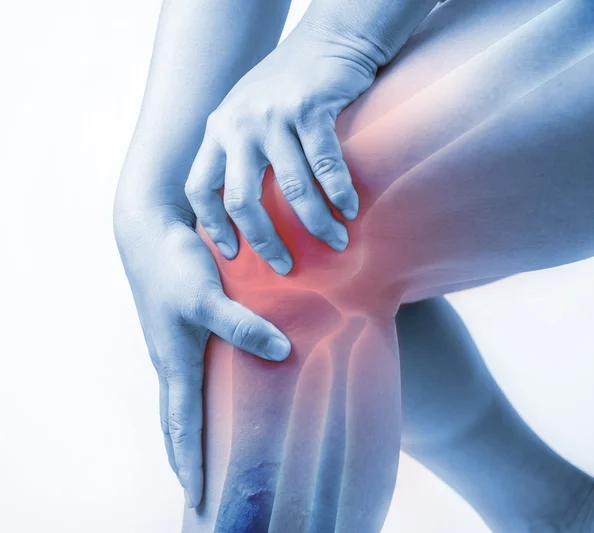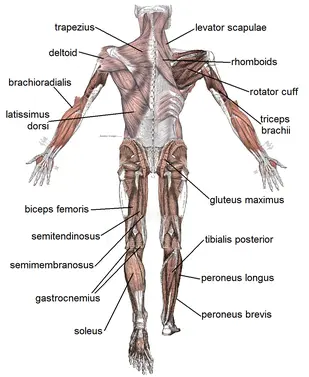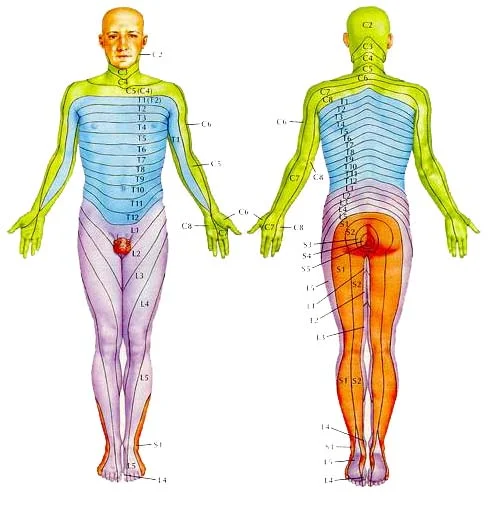Brachial Artery
The brachial artery is a major blood vessel situated in the upper arm. It is one of the main arteries responsible for supplying oxygenated blood to the arm and forearm regions. Arising from the axillary artery at the lower border of the teres major muscle, the brachial artery descends along the medial aspect of the…

